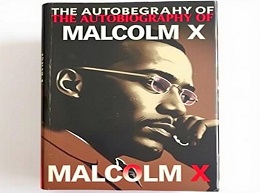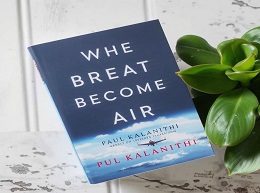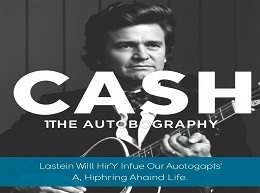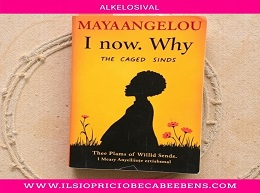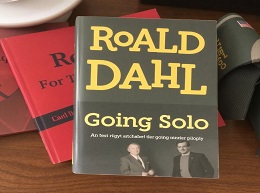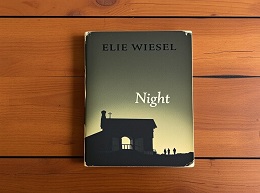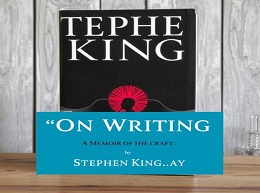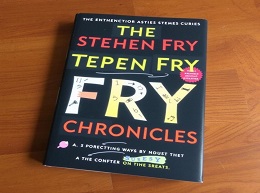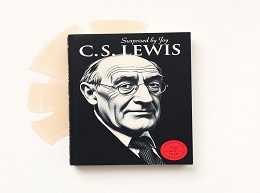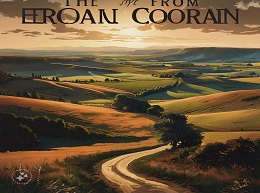A Moveable Feast
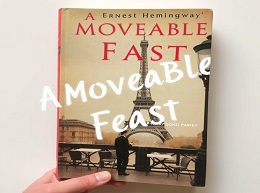
Exploring Hemingway's Paris: A Review of "A Moveable Feast"
"A Moveable Feast" by Ernest Hemingway is an evocative memoir that transports readers to Paris in the 1920s, a time when the city was a vibrant hub of literary and artistic activity. Written in Hemingway's distinctive, straightforward prose, the book provides a rich tapestry of his experiences and interactions with other notable figures of the era. Through vivid descriptions and personal anecdotes, Hemingway offers an intimate glimpse into his life as a young expatriate writer, capturing the essence of a city and a time that were foundational to his development as an author.
Hemingway's Paris
Ernest Hemingway moved to Paris in the early 1920s, a period often referred to as the "Lost Generation" era. This term, coined by Gertrude Stein and popularized by Hemingway, described a group of American expatriates disillusioned by World War I. Paris became a sanctuary for these individuals, offering an environment that fostered creativity and intellectual exploration.
Example: Shakespeare and Company
Hemingway frequently visited Shakespeare and Company, the famed English-language bookstore owned by Sylvia Beach. This literary haven was a gathering place for writers like James Joyce, Ezra Pound, and F. Scott Fitzgerald. Hemingway's relationship with these figures and the role of Shakespeare and Company in his life highlight the collaborative and supportive nature of the expatriate community.
The Genesis of the Memoir
"A Moveable Feast" was published posthumously in 1964, based on manuscripts Hemingway had worked on during the last years of his life. The memoir is composed of sketches and recollections of his early days in Paris, reflecting on the city's impact on his growth as a writer and individual.
Example: The Writing Process
Hemingway's meticulous approach to writing "A Moveable Feast" involved revisiting his old notebooks and letters. This process allowed him to capture the authenticity and immediacy of his experiences, making the memoir a deeply personal account of his Parisian years.
The Pursuit of Art and Literature
One of the central themes of "A Moveable Feast" is the pursuit of artistic excellence. Hemingway describes his disciplined approach to writing, often working in cafés where he could observe the life around him and draw inspiration.
Example: Writing at La Closerie des Lilas
Hemingway's preferred writing spots, like La Closerie des Lilas, were integral to his creative process. These locations provided a stimulating environment where he could focus on his craft while being surrounded by the dynamic energy of Paris.
The Struggle and Sacrifice
Hemingway does not shy away from depicting the financial hardships and personal sacrifices that came with his commitment to writing. The memoir recounts periods of frugality and the tension between his artistic aspirations and the practicalities of life.
Example: Living in the Latin Quarter
Hemingway and his first wife, Hadley Richardson, lived modestly in the Latin Quarter. Their frugal lifestyle, often relying on the cheap but nourishing offerings of local markets, underscores the sacrifices made for the sake of art. These experiences, though challenging, are portrayed with a sense of nostalgia and pride in the simplicity of their existence.
Interactions with Literary Figures
"A Moveable Feast" is rich with Hemingway's recollections of his interactions with other literary giants. His portrayals of these figures are both affectionate and critical, providing a nuanced perspective on their relationships.
Example: Gertrude Stein and the Lost Generation
Hemingway's relationship with Gertrude Stein was complex, marked by both admiration and eventual estrangement. Stein's influence on Hemingway and her role as a mentor to many young writers are explored in the memoir, along with her coining of the term "Lost Generation."
"A Good Café on the Place St.-Michel"
In this chapter, Hemingway describes his routine of writing in cafés, capturing the vibrant atmosphere and the inspiration he drew from his surroundings. His detailed observations of the people and the environment illustrate the integral role of Parisian cafés in his creative process.
Example: The Importance of Routine
Hemingway emphasizes the importance of establishing a routine for his writing. His choice of cafés, where he could immerse himself in the sensory experiences of Paris, highlights the discipline and dedication required to pursue his craft.
"People of the Seine"
This chapter provides a poignant depiction of the characters Hemingway encountered along the Seine River. His interactions with booksellers, artists, and ordinary Parisians offer a rich tapestry of the city's diverse populace.
Example: The Seine Booksellers
Hemingway's fondness for the booksellers along the Seine is evident in his affectionate descriptions. These vendors, with their eclectic collections and unique personalities, contribute to the charm and literary heritage of Paris.
"Scott Fitzgerald"
Hemingway's friendship with F. Scott Fitzgerald is a significant focus of the memoir. Their camaraderie and the complex dynamics of their relationship are explored in depth, revealing the mutual respect and underlying tensions between the two authors.
Example: A Memorable Road Trip
One of the most famous anecdotes involves a road trip Hemingway and Fitzgerald took to Lyon. The humorous and candid recounting of their adventures provides insight into Fitzgerald's insecurities and Hemingway's protective instincts toward his friend.
A City That Shapes Lives
Hemingway's depiction of Paris is not just a backdrop for his stories but a character in its own right. The city's influence on his development as a writer and its role as a catalyst for artistic growth are central to the memoir.
Example: The City of Light
Hemingway's descriptions of Paris's streets, markets, and landmarks are infused with a sense of wonder and reverence. His portrayal of the city as a living, breathing entity reflects its profound impact on his life and work.
The Enduring Appeal of "A Moveable Feast"
The timeless appeal of "A Moveable Feast" lies in its ability to capture the essence of a particular time and place while conveying universal themes of creativity, resilience, and the pursuit of passion. Hemingway's straightforward yet evocative prose brings the Paris of the 1920s to life, making it accessible and relatable to contemporary readers.
Example: Lessons for Aspiring Writers
The memoir offers valuable lessons for aspiring writers and artists. Hemingway's dedication to his craft, his willingness to embrace the struggles of the creative life, and his reflections on the importance of community and mentorship provide inspiration and guidance.
"A Moveable Feast" is a captivating memoir that offers a window into the formative years of one of America's greatest writers. Through his vivid descriptions and candid reflections, Ernest Hemingway brings the Paris of the 1920s to life, providing readers with an intimate portrait of his journey as a young writer. The memoir's exploration of themes such as artistic pursuit, personal sacrifice, and the importance of community continues to resonate, making it a timeless classic that inspires and enlightens readers across generations.
Whether you are a Hemingway enthusiast, a lover of literary history, or simply seeking a compelling read, "A Moveable Feast" is a book that will transport you to a bygone era, offering insights and inspiration that remain relevant today.
